Close your eyes and picture it. Think: London. What do you see? Honestly, probably so many icons. There’s perhaps no more recognizable place on earth than the British capital.
That can create a challenge when attempting to see it all in 24 hours. But with a fast and efficient public transit system, plenty of places to walk, and so many places to visit, all in close proximity, you can definitely take in plenty, including world-famous attractions and a couple you might not expect. So tie your laces tight and let’s go. Here’s our guide for visiting lots of London in a single day.

Arrival
Perhaps more than any other city on earth, in the UK’s capital, you have plenty of options when it comes to airports. In fact, before you fly, you might want to take a close look at your booking to see where, exactly, you’ll land. While it’s serviced by no less than six major airports, most North American flights will land at one of two: Heathrow (LHR) and Gatwick (LGW).Morning
Start your visit by going back in time. The Tower of London is a real castle, sitting right in the heart of the city on the banks of the Thames River. Constructed sometime in the 1070s by William the Conqueror, England’s first Norman king, this place has served as a palace, a prison, and a fortress.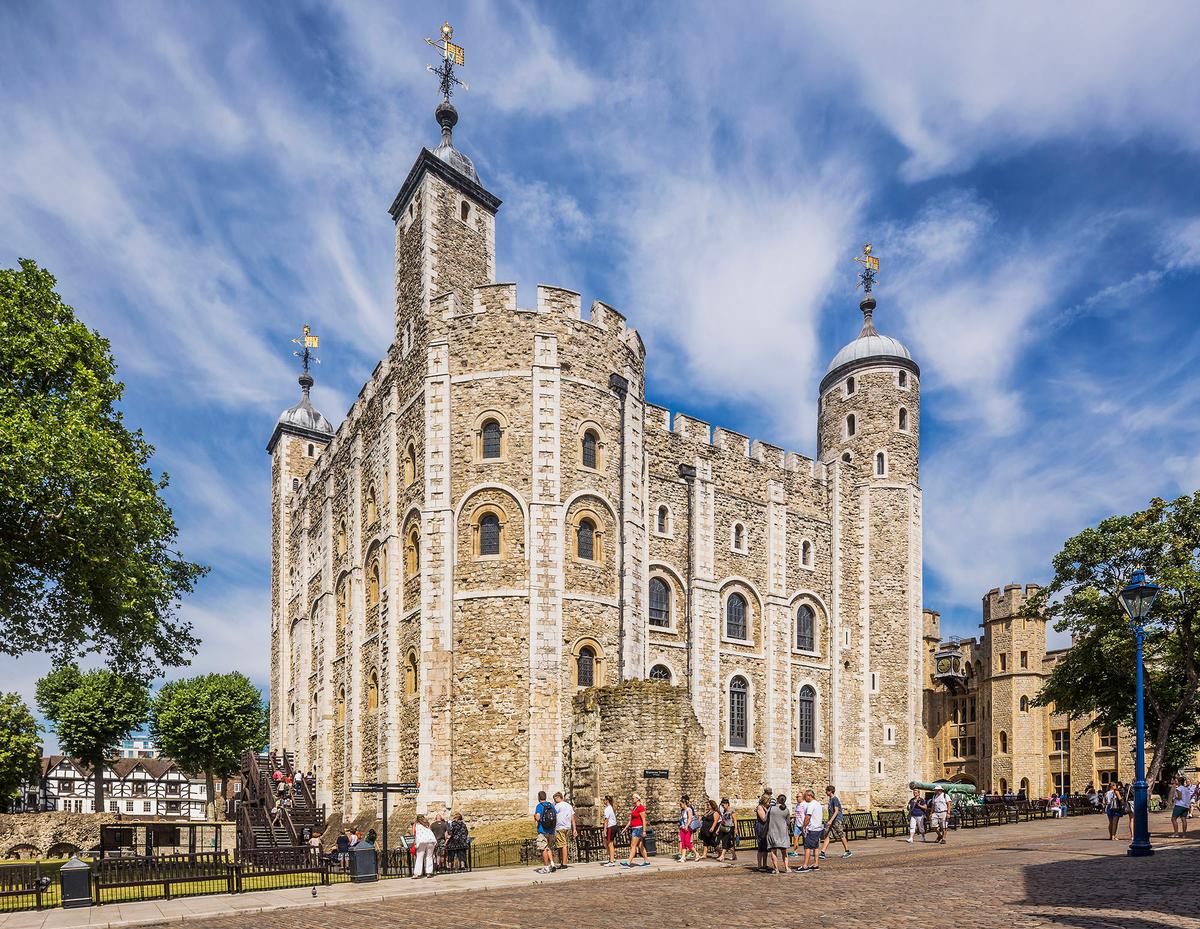
Stories fill the spaces. It’s the kind of attraction where you could spend an entire day (or more). The infamous and the unfortunate alike were held in these rooms, everyone from Guy Fawkes to Anne Boleyn. All the coins of the realm were once minted on site. Within these walls, monarchs lived, gave birth, and were buried.
But you have a busy day ahead, and you’ll have to limit your time. Visit the Crown Jewels. Snap a few photos of the Yeoman Warders, better known as “Beefeaters,” who still live right there.
I’ve been to London perhaps a dozen times, maybe more. Some of those visits were very brief, including long layovers where I landed after an overnight flight, traveled into town, spent a few hours touring around, and then headed back to the airport for a connection.
When I think back on those trips, I do remember the fatigue—the weight of the time difference, plus little rest in the air, blinking the sleep out of my eyes. I’ve found the very best way to work out my jet lag is a brisk stroll along the Thames. Take a photo of the Tower Bridge, another unmistakable icon. Then head west.
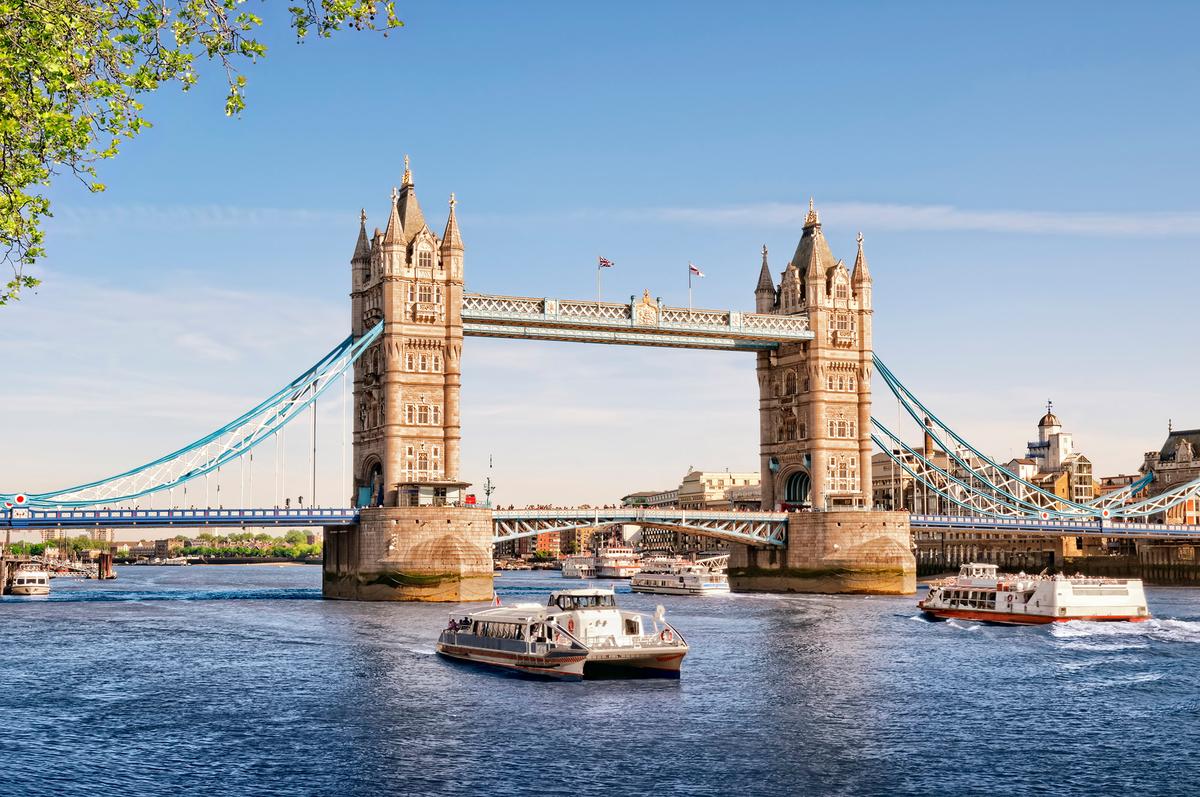
The breeze off the water always invigorates, and the murky waters remain busy with everything from cargo vessels to tour boats to luxury yachts—always fun to watch. Tracing the big bend of the waterway, each step seems to bring another famous place—the London Bridge, Shakespeare’s (reconstructed) Globe Theatre, the soaring sphere of the London Eye.
Lunch will be fairly late today, so grab a bite along the way. Recommended: a simple spot right near the London Bridge called Bill’s Restaurant and Bar. (An English chain, but still good.) For a very reasonable price, they’ll fill your plate with eggs, beans, bacon, and pancakes.
Depending on your pace, it can take about an hour to reach Big Ben. While most of us picture this as the clock tower at the Palace of Westminster, the name technically refers to the largest bell at the top. You’ve heard it, sort of, even if you have never visited London—its chimes are mimicked in doorbells around the world.
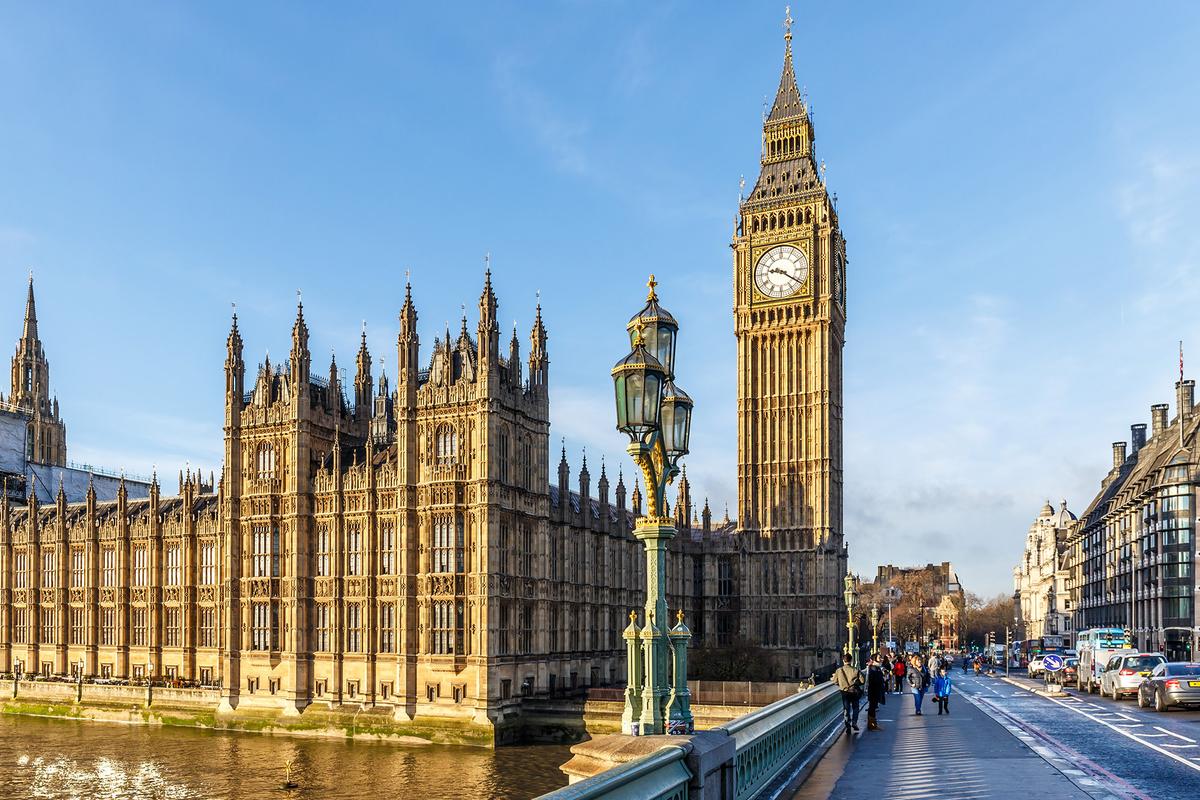
Afternoon
Depending on the day (Tuesdays to Saturdays, when Parliament isn’t in session; and Saturdays only, when it is), you can take a guided tour of Westminster. The tour includes the House of Lords, the Parliament’s upper chamber, and the House of Commons. The latter is often raucous and crowded, with a total of 650 members, including the prime minister, debating in earnest as they create and pass laws for Great Britain.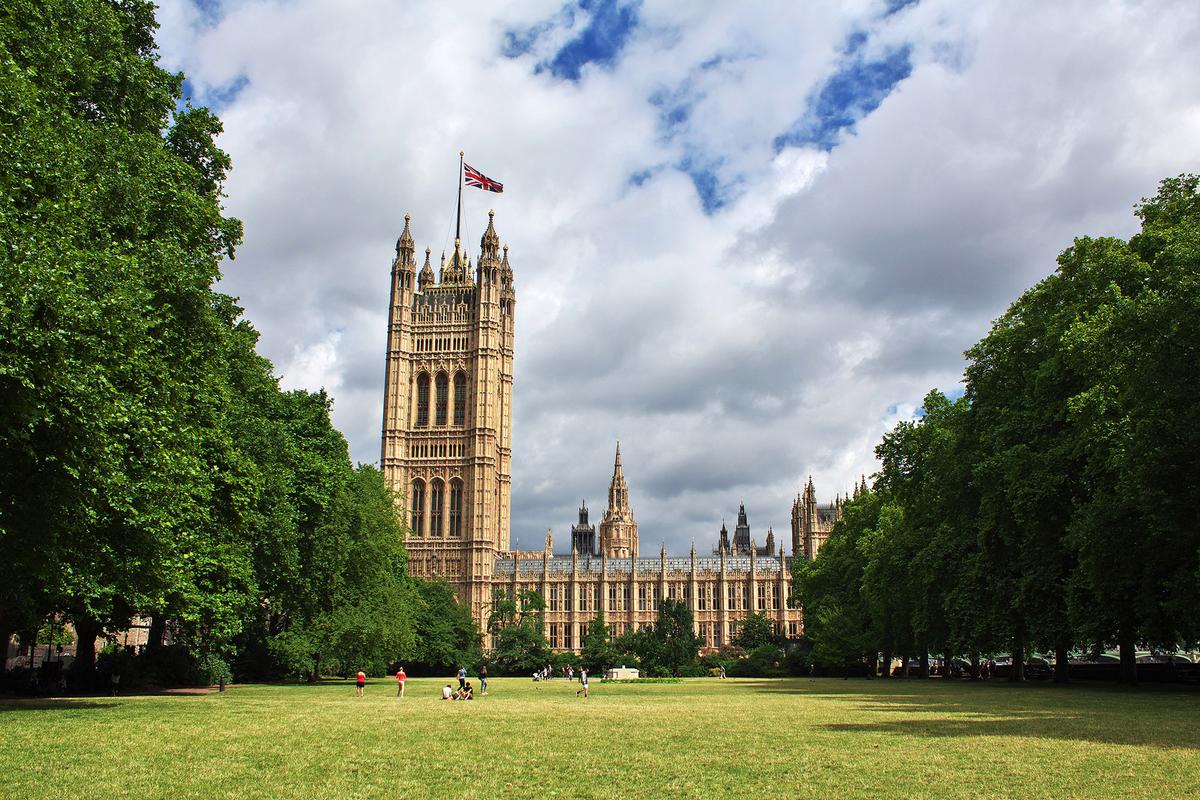
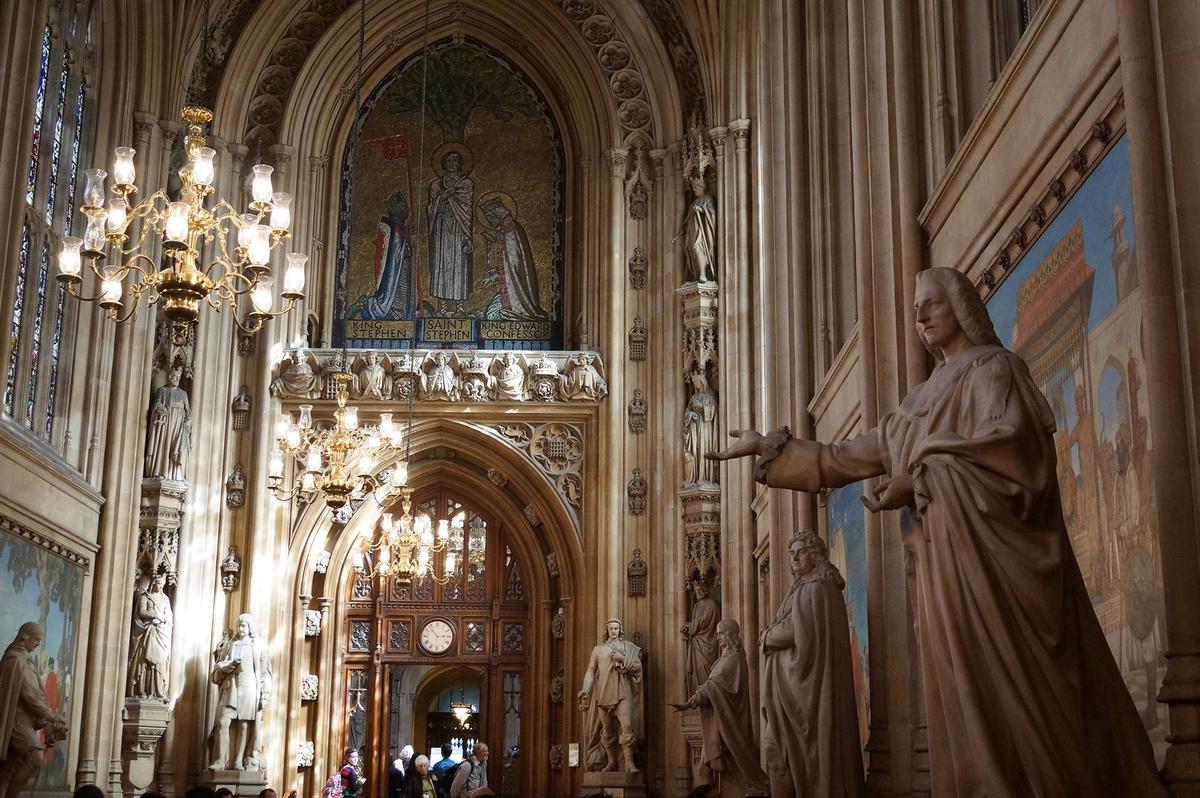
Afterward, pop into Westminster Abbey, right across the square. This is a regal church, where 16 royal weddings have been held, plus 39 coronations. From there, it’s about five minutes on foot to the Churchill War Rooms.
This is one of my favorite places in London. During the darkest days of the Battle of Britain and World War II, when German planes mercilessly dropped fire on the city, this top secret subterranean complex served as an alternate home to the UK government. Inside, you can see where the War Cabinet met, and the Map Room, where leaders plotted key battles, as well as the spaces where Winston Churchill and his advisors spent many nights. (Plus, the small chamber—officially, a private restroom—where the prime minister retreated to speak with the U.S. president.)
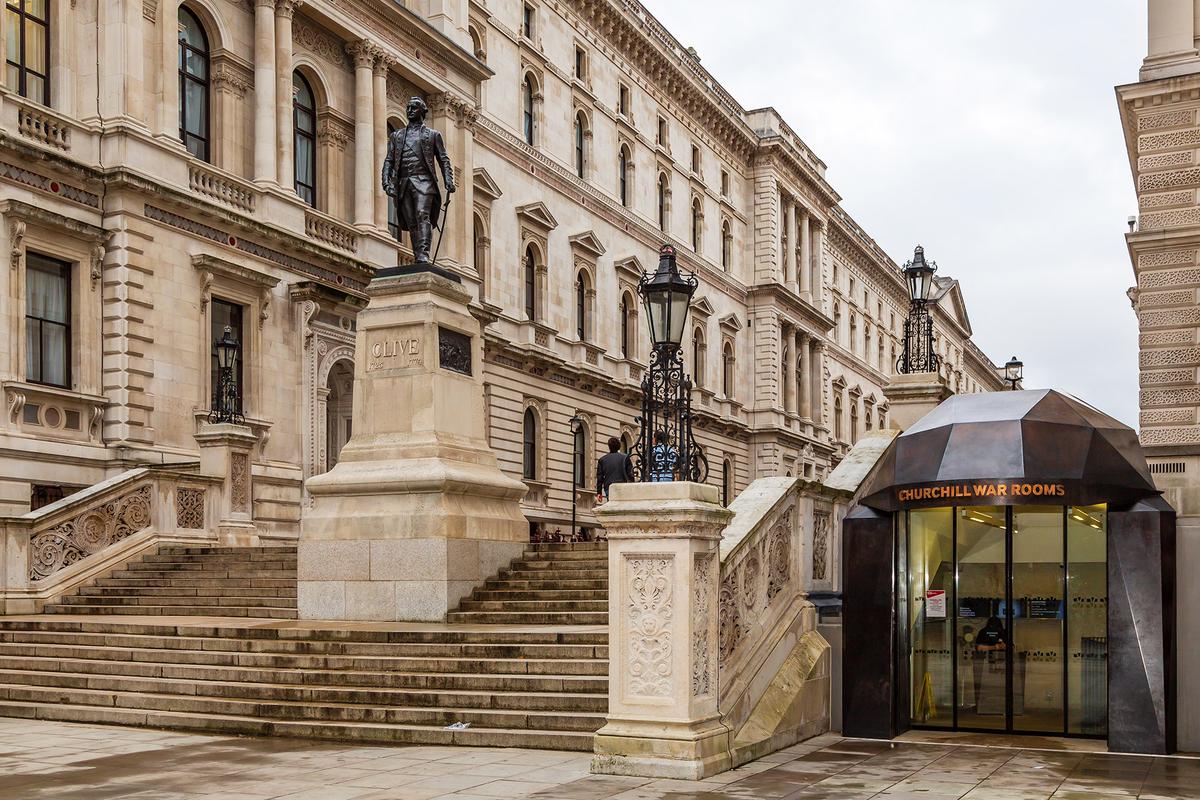

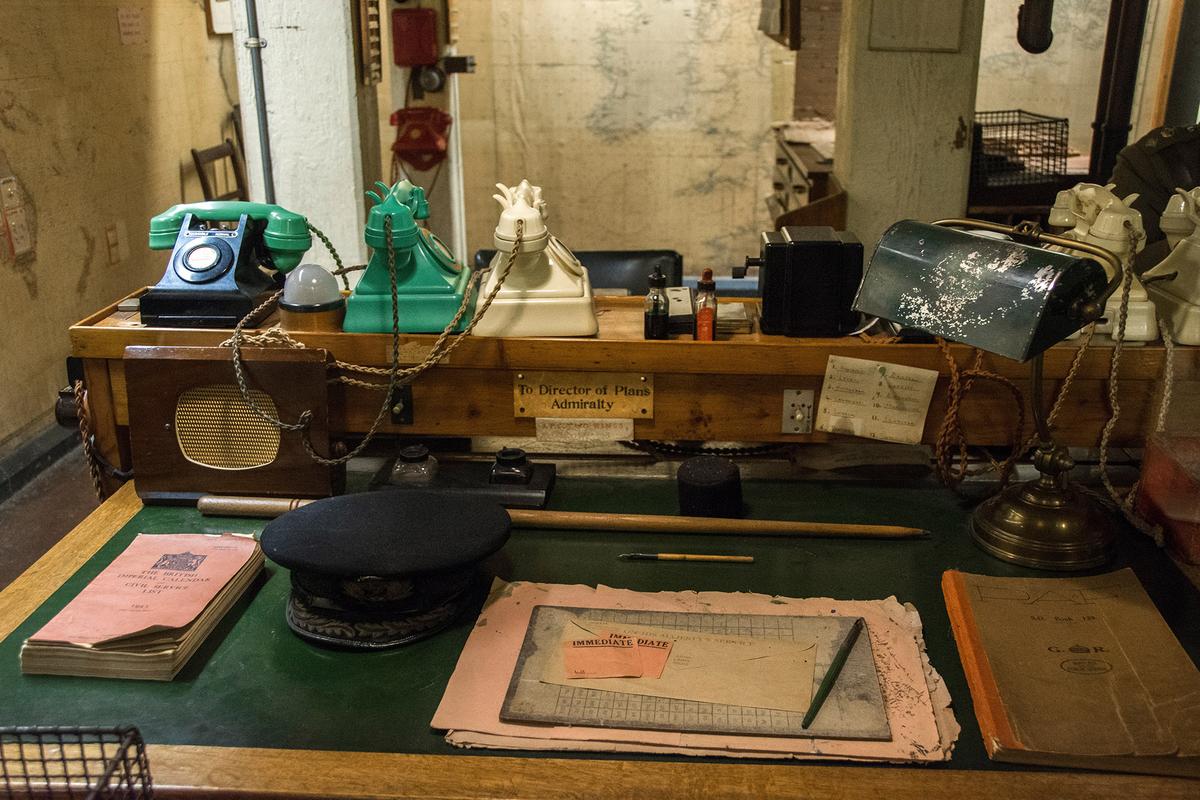
Afterward, have a quick look at Downing Street (where the British prime minister lives), and stroll across St. James’s Park. You’ll pass by Buckingham Palace en route to Harrods. About 30- to 45-minute walk, in total.
I love to visit supermarkets and local department stores when I’m traveling, watching locals shop, seeing what they buy. In many ways, Harrods is the ultimate spot to people-watch. With a motto of “all things, for all people, everywhere,” this massive store covers five acres, encompassing more than a million square feet.
The destination today: the Food Halls. Because you’ll be taking in a show tonight, this will be both lunch and dinner. Harrods bills this as “the world’s greatest food emporium.” And you know what? It’s really not an exaggeration. The Halls sprawl, with stalls offering cheese, chocolate, coffee, wine, meats and lots (and lots) more.
In the Dining Hall, there are seven restaurants, including a hot dog joint helmed by a chef with multiple Michelin stars, plus ramen, sushi, homemade pasta, dim sum, a grill with rotisserie chicken and Kobe beef. And—of course—fish and chips, with fresh, local, ethically caught seafood.
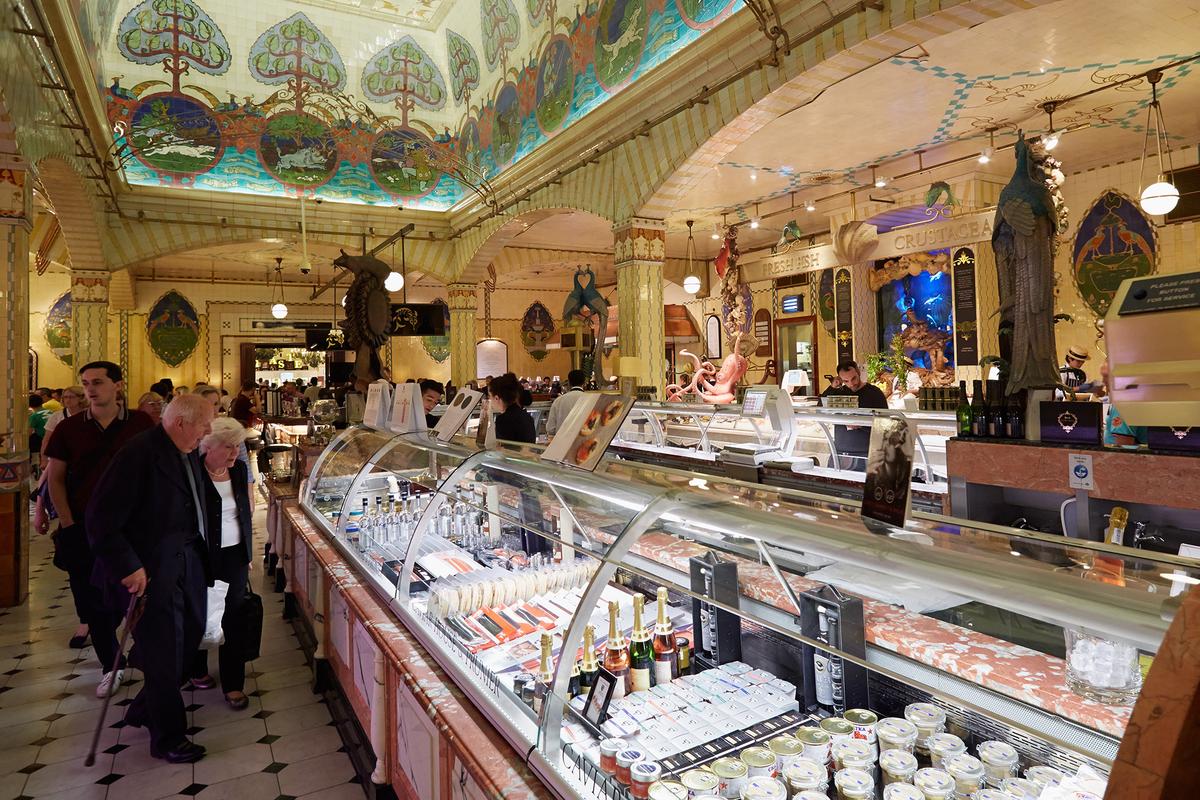
Evening
The first thing I like to do after a big meal at Harrods is to walk a few of the calories off in Hyde Park, right next door. You might find someone holding court, enunciating their views at Speaker’s Corner, where people have stood up and stated their case since the middle of the 19th century. At the far side of Carriage Drive, you’ll find Kensington Gardens and Kensington Palace. The latter, notably, was once home to Prince Charles and Princess Diana, who raised Princes William and Harry there.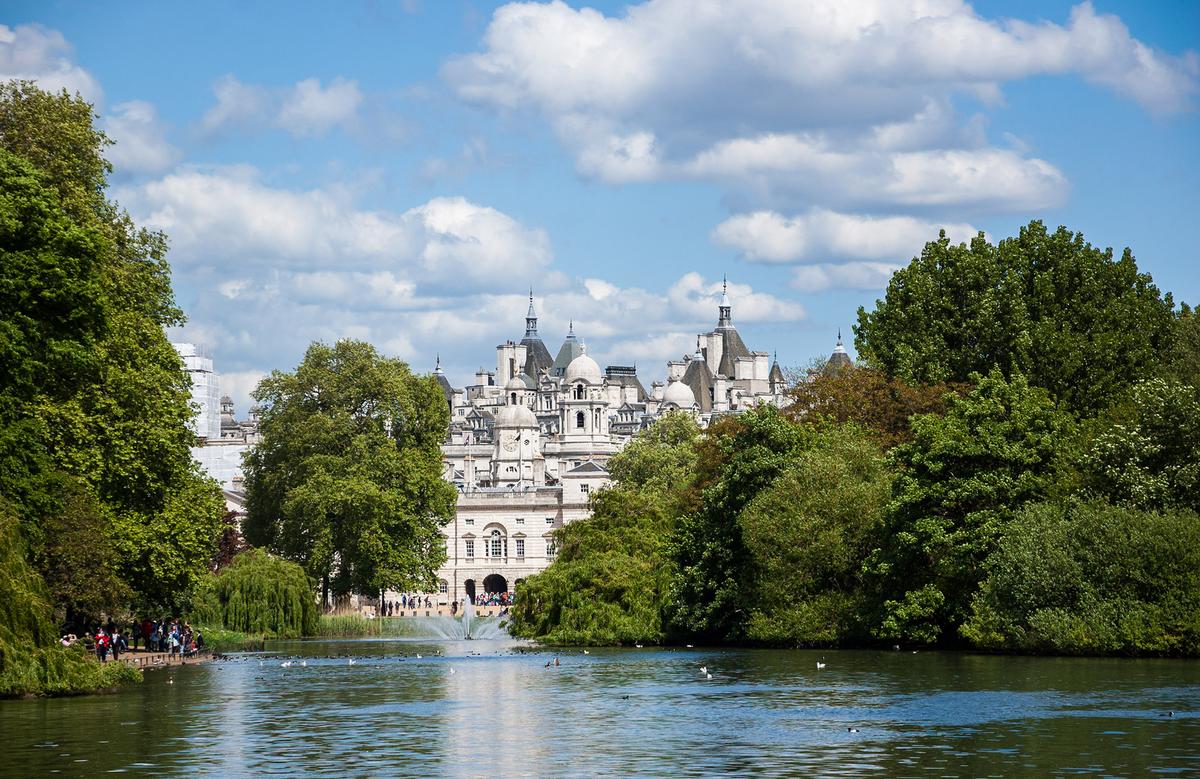
Now, hop back on the Tube, and close the loop, finishing your day back in the direction where you began. Walk to High Street Kensington, board the Circle Line, and rumble over to Embankment station. Then finish on foot, about 10 minutes to The Savoy. This is a truly noteworthy hotel. I’ve only stayed there once, during a particularly cold English winter, a few years ago. But I’ll never forget it. The original owner used profits from Gilbert and Sullivan operas to open the Savoy in 1889. It was the first hotel in Britain to offer a number of luxuries, including hot running water, and electric lights and elevators.
If you (somehow) have the time for a full dinner, Restaurant 1890 is a Gordon Ramsay, Michelin-starred restaurant. But more likely, it’s best to grab a cocktail and some light bites at Gallery, the hotel’s bar and restaurant.
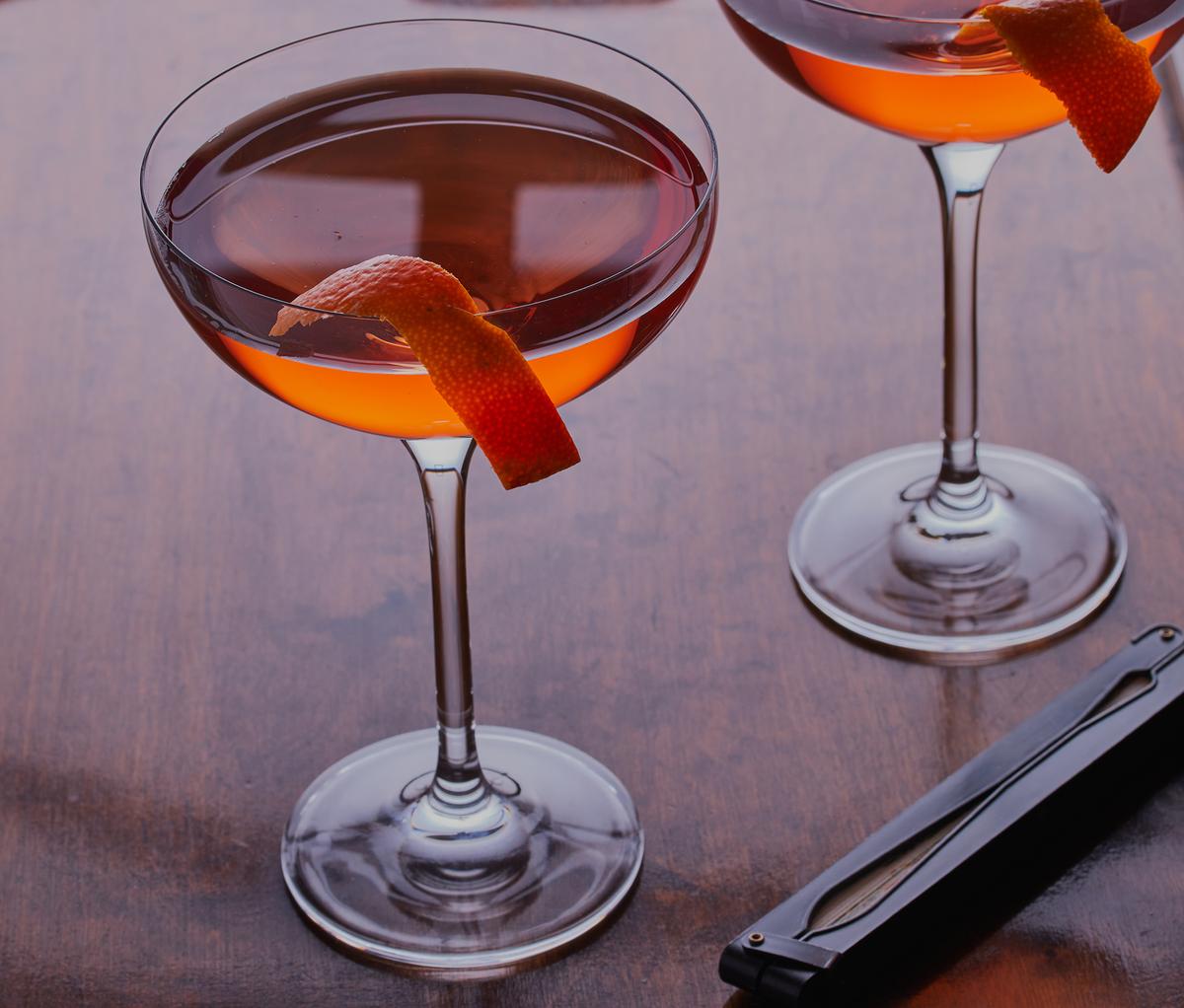
And for the last time, walk. This time, just a short distance, to one of the many theaters in the West End. Count your steps. Relax. You’ve earned it.
It has been a very busy day in the UK’s capital. And now, finish it off with a truly top-notch musical. I’ve seen a number of amazing shows in London, from “Hamilton” to “Wicked” and “Once.” It’s really the best way to end the day, letting the melodies wash over, as you rest your feet—and let your heart soar.













